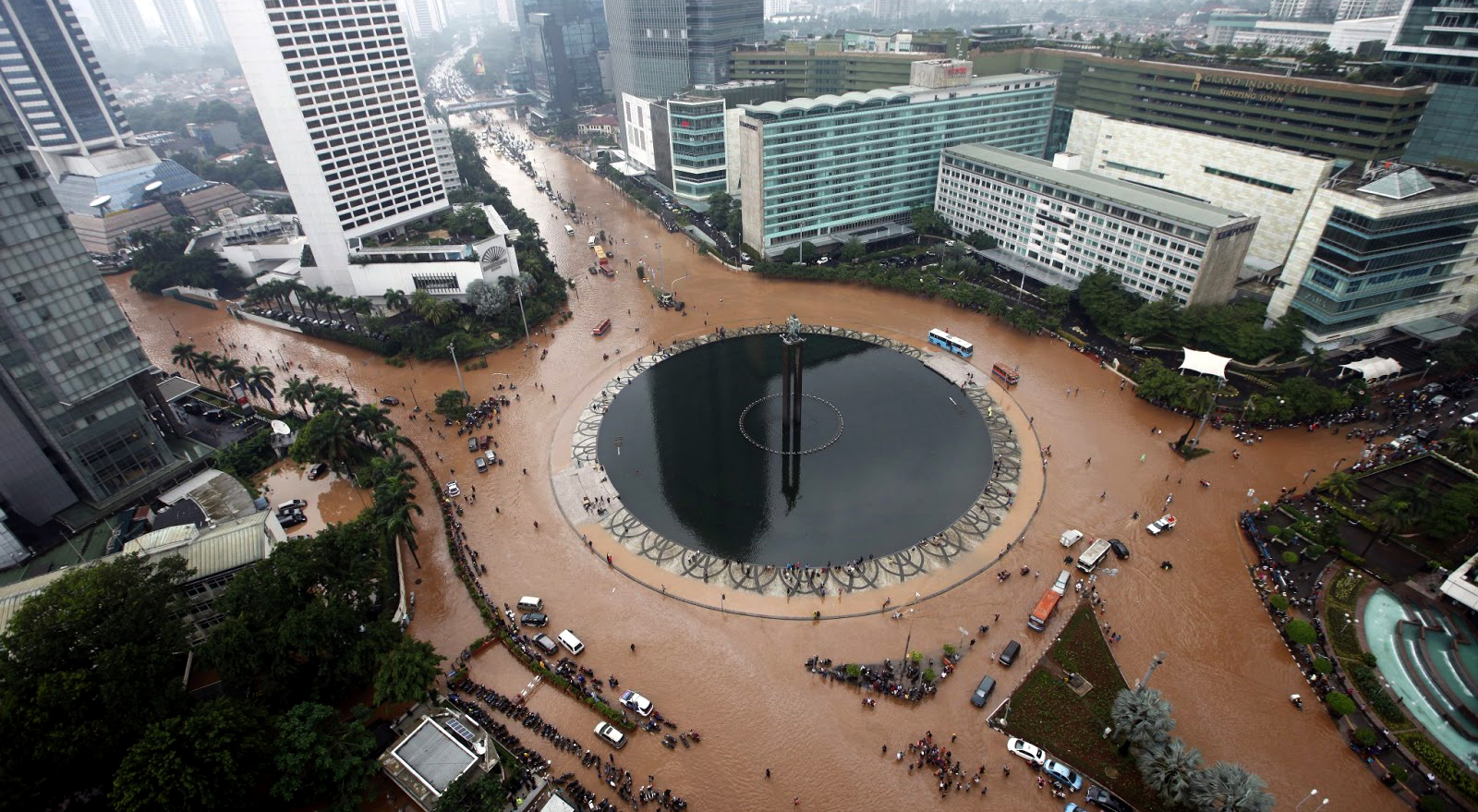Félix Guattari, "Towards a Post-Media Era," in Provocative Alloys: A Post-Media Anthology, eds. Clemens Apprich, Josephine Berry Slater, Anthony Iles, and Oliver Lerone Schultz (Post Media Lab & Mute Books, 2013), 27.
Benjamin H. Bratton, The Stack: On Software and Sovereignty (Cambridge, MA: MIT Press, 2015), 39.
Jakob von Uexkull, A Foray into the Worlds of Animals and Humans (Minneapolis: University of Minnesota Press, 2010), 47.
Ibid., 47.
Meg McLagan and Yates McKee, eds., Sensible Politics: The Visual Culture of Nongovernmental Activism (New York: Zone, 2012).
Steven Quartz and Terance Sejnowski, “The Neural Basis of Cognitive Development”, in Cognitive Architecture: From Biopolitics to Noopolitics. Architecture & Mind in the Age of Communication and Information, eds. Deborah Haputmann and Warren Neidich (Rotterdam: 010 Publishers, 2010), 101.
Catherine Malabou, What Should We Do with Our Brain?, trans. Sebastian Rand (New York: Fordham University Press, 2008).
Henri Bergson, The Creative Mind (1941), trans. Mabelle L. Andison (New York: Carol Publishing, 1992), 74.
Mary C. Potter, Brad Wyble, Carl Erick Hagmann, and Emily S. McCourt, “Detecting meaning in RSVP at 13 ms per picture,” Attention, Perception, & Psychophysics 76, no. 2 (2014): 270; ➝.
Betsy Sparrow, Jenny Liu, and Daniel M.Wegner, “Google Effects on Memory: Cognitive Consequences of Having Information at our Fingertips,” Science 333, (2011): 778.
Felicity Callard and Daniel S. Margulies, “The Industrious Subject: Cognitive Neuroscience’s Reevaluation of Rest”, in Ibid., Hauptmann and Neidich, 328.
Deborah Hauptmann, “Introduction: Architecture and the Mind in the Age of Communication and Information,” in Ibid., Hauptmann and Neidich, 30.
Andrej Radman, “Figure, Discourse: To the Abstract Concretely,” in Ibid., Hauptmann and Neidich, 431.
Jan Zalasiewicz, Mark Williams, Alan Haywood, and Michael Ellis, “The Anthropocene: a new epoch of geological time?” Philosophical Transactions of The Royal Society: Mathematical Physical and Engineering Sciences 369, No.1938 (2011): 835-41; see also, Clive Hamilton, Christophe Bonneuil, and François Gemenne, eds., The Anthropocene and the Global Environmental Crisis: Rethinking Modernity in a New Epoch (London: Routledge, 2015).
Gilles Deleuze and Félix Guattari, A Thousand Plateaus: Capitalism and Schizophrenia, trans. Brian Massumi (Minneapolis: University of Minnesota Press, 1987).
On Jakarta as a city of the Anthropocene, see Jakarta: Architecture + Adaptation, eds. Etienne Turpin, Adam Bobbette, Meredith Miller (Jakarta: Universitas Indonesia Press, 2013) and David Chandler, “Securing the Anthropocene? International policy experiments in digital hacktivism: A case study of Jakarta,” Security Dialogue 48:2 (2017): 113-130; on tweet production in Jakarta, see Semiocast, “Twitter reaches half a billion accounts,” (2012) accessed 20 April 2015, ➝; on Jakarta’s proximity to disaster, see the United Nations Economic and Social Commission for Asia and the Pacific, Disasters in Asia and the Pacific: 2015 Year in Review (2015), ➝.
On the new normal, see Ibid., Bratton, 46.
The verification process through Twitter is based on the level of intent required to submit a flood report. Over the three years that the platform has been operational, there has not been a single incident of a false report.
See Ibid., Bratton.
Elie During, “Loose Coexistence: Technologies of Attention in the Age of the Post-Metropolis,” in Ibid., Hauptmann and Neidich, 267.
Ibid., 274.
William James, “Chapter XXIV: Instinct,” The Principles of Psychology (New York: Henry Holt & Co., 1890), ➝.
Bruce Wexler, “Shaping the Environments that Shape Our Brains: A Long Term Perspective,” in Ibid., Hauptmann and Neidich, 143.
Geraldine Juárez, “Intercolonial Technogalactic,” Reverse Hallucinations in the Archipelago, eds. Anna-Sophie Springer and Etienne Turpin (Berlin: K. Verlag & Haus der Kulturen der Welt, 2017), 155.
Marc Jeannerod, foreward to What Should We Do with Our Brain? by Catherine Malabou, trans. Sebastian Rand (New York: Fordham University Press, 2008), xiv.
AbdouMaliq Simone, Jakarta, Drawing the City Near (Minneapolis and London: University of Minnesota Press, 2014).
PetaBencana.id is an applied research project co-founded by Etienne Turpin and Tomas Holderness. CogniCity Open Source Software was developed by Matthew Berryman, Turpin, and Holderness. Special thanks to Turpin for his guidance, careful edits, and continued support for this research.
Post-Internet Cities is a collaborative project between e-flux Architecture and MAAT – Museum of Art, Architecture and Technology within the context of the Utopia/Dystopia exhibition and “Post-Internet Cities” conference, produced in association with Institute for Art History, Faculty of Social Sciences and Humanities – Universidade NOVA de Lisboa and Instituto Superior Técnico – Universidade de Lisboa, and supported by MIT Portugal Program and Millennium bcp Foundation.
